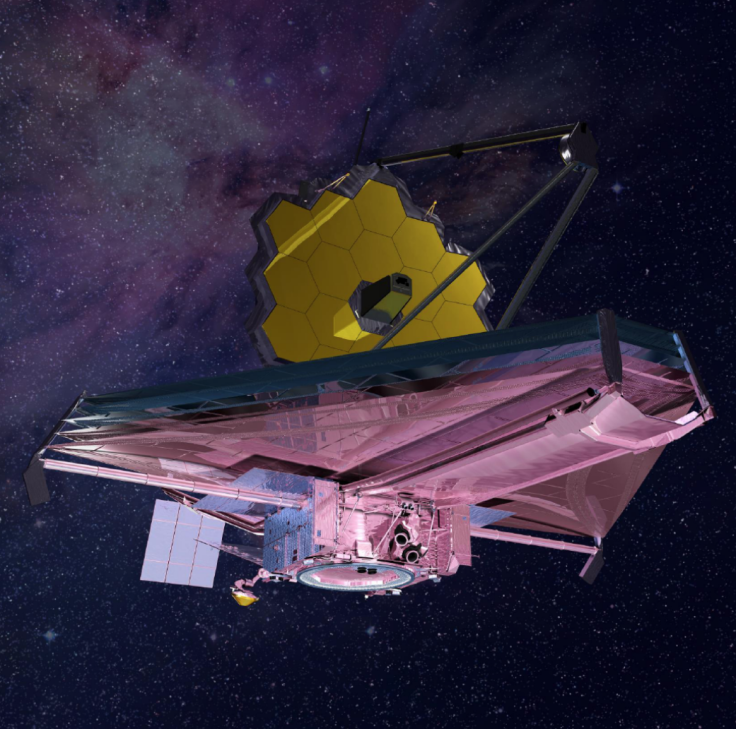James Webb Space Telescope Launch Date Moved: What You Need To Know
KEY POINTS
- The James Webb Space Telescope launch has been moved from March to October 2021
- The coronavirus pandemic is cited as one of the reasons for the delay
- Before the launch, the observatory will undergo rigorous testing to ensure mission success
The launch for the James Webb Space Telescope has been moved to October 2021. When it finally launches, the space telescope will work to help find the answers to some of the Universe's mysteries.
It was in June when NASA announced the delays for two major projects: the NASA Perseverance rover launch and the James Webb Space Telescope launch. On Thursday, July 16, NASA officials announced that the agency is now targeting an Oct. 31, 2021 launch date for the space telescope, which is a seven-month delay from the original March 2021 target date.
Launch affected by the pandemic
According to the agency, the decision to delay the launch is due to technical challenges and also the impact of the ongoing COVID-19 pandemic. In June, the administrator of NASA's Science Mission Directorate, Thomas Zurbuchen, noted the difficulties NASA operations experienced due to the pandemic, from having to cut down on work hours to the positive COVID-19 cases among the workforce.
For instance, the progress assessment that was set for last April had to be postponed and was only completed this past week. That said, work on Webb continued, albeit slower than expected.
"The perseverance and innovation of the entire Webb Telescope team has enabled us to work through challenging situations we could not have foreseen on our path to launch this unprecedented mission," Zurbuchen said in a release from NASA. "Webb is the world's most complex space observatory, and our top science priority, and we've worked hard to keep progress moving during the pandemic. The team continues to be focused on reaching milestones and arriving at the technical solutions that will see us through to this new launch date next year."
According to Ars Technica, with the new launch date, the telescope has about three months of "schedule reserve," which means it can lose that much time and still launch on time, something that officials are confident about. Should things go according to plan and the team does not encounter any major problem, Webb is expected to stay within the $8.8 billion budget.
Testing is ongoing
This year, the full observatory is set to continue with the final set of complex environmental tests, with the electrical testing successfully completed this week. In August, the whole observatory is scheduled to undergo acoustics and vibration tests.
Testing is the best way to ensure mission success. Comprehensive systems evaluations like the one recently performed help to verify that all of Webb's many pieces, components and electronics are all working in unison as a complete observatory. https://t.co/nyjeaDR63V pic.twitter.com/FEf4JgoVsw
— NASA Webb Telescope (@NASAWebb) July 14, 2020
By next year, it will be folded "origami-style" for shipment to the launch site in Kourou, French Guiana and fitted inside the Ariane 5 launcher.
On Webb's journey to orbit about a million miles from the Earth, it will be the first mission to complete a technically challenging series of deployments. This includes unfolding its five-layered sunshield until it is as big as a tennis court and deploying a mirror that can detect faint light.
'Next great space science observatory'
The James Webb Space Telescope is an international project led by NASA in collaboration with the European Space Agency (ESA) and the Canadian Space Agency. Built to be the next great space observatory, it is expected to build on the great work of the Hubble Space Telescope, from detecting the light from the first generation of stars and galaxies to studying the atmospheres of exoplanets.
"Webb is an unprecedented endeavor in space science, requiring utmost ingenuity in both the scientific and technical domains, in a very strong international partnership," ESA Director of Science Prof. Günther Hasinger said in a news release. "The breakthrough science enabled by Webb will revolutionize our understanding of the Universe."

© Copyright IBTimes 2024. All rights reserved.






















